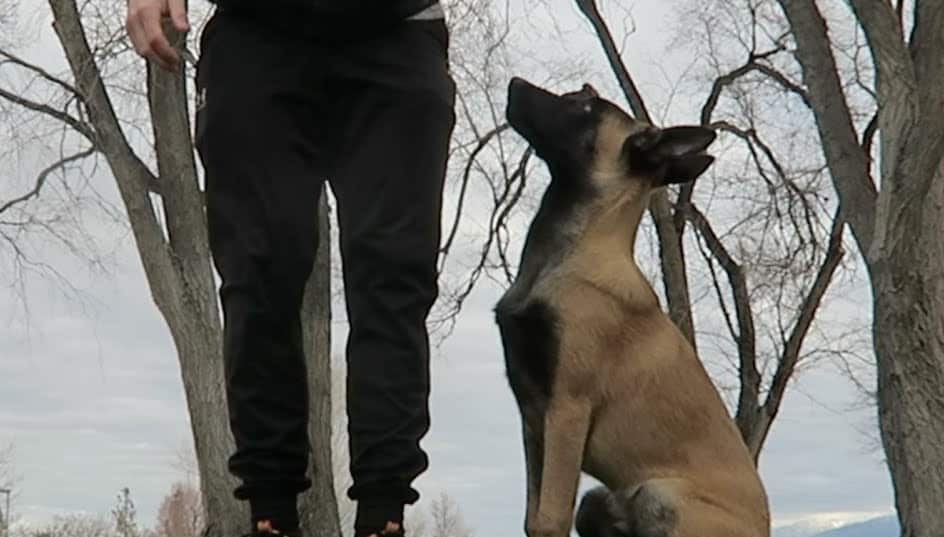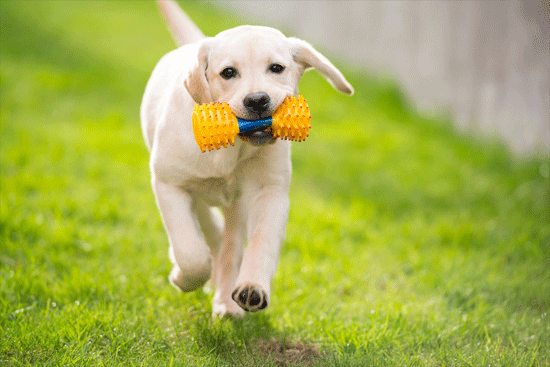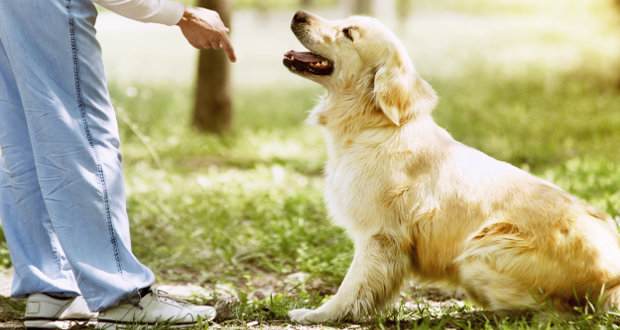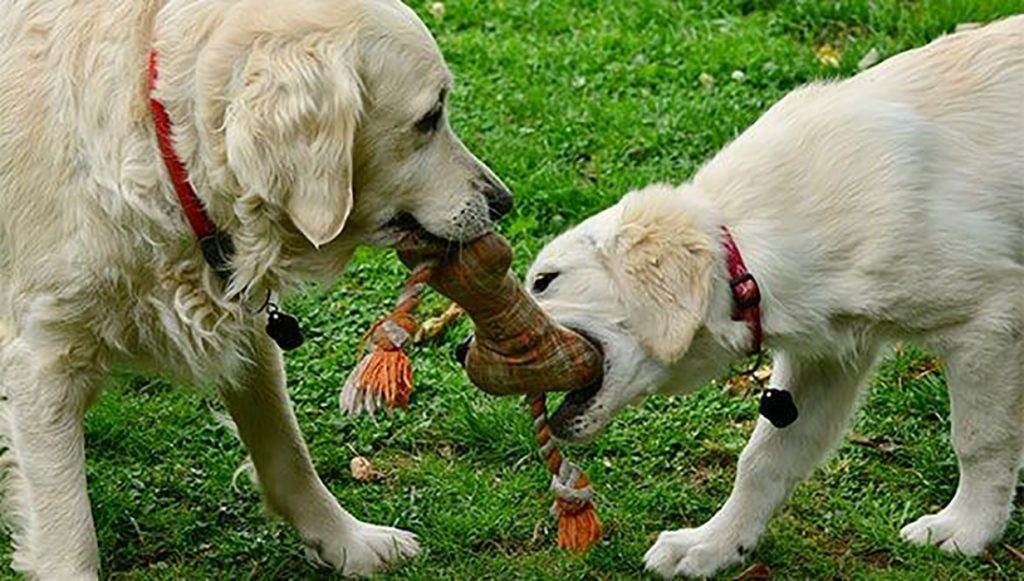As exciting as it may sound to bring home a new puppy, we are equally faced by a daunting task of introducing it to our family cat. The concern is genuine because each and every cat reacts differently to a new member who is brought home. First, let’s shed away our misconception that dogs and cats cannot live together. However, we need proper planning to introduce a new puppy to our household cat. A little bit of patience makes the transition all the way smooth for all of us. If we keep a couple of points in mind, then we can actually convert the image of dogs and cats living happily together into reality.
1) Holding realistic expectations from the pets
It may take a couple of days, weeks, or even months for the new puppy and cat to adapt to each other and arrive at a friendly relationship. A general behaviour pattern shows that a cat is more prone to be territorial as compared to her fellow family puppy. Consequently, your cat might actually take a couple of months before she begins to get amicable in the vicinity of your puppy. It may also take years before you see your puppy and cat sleep next to one another.
Any alteration brought to the surroundings of your family cat may lead to a significant amount of stress caused to her. Thus, it must be noted that an addition of a new pet puppy is definitely a great amount of change for any family cat. This stress has various forms in which it can be portrayed in various cats. To illustrate, we can say that while a few cats may stop taking their meals including food and water, the others may begin to urinate and defecate outside of the litter boxes allocated to them.
A couple of them may also respond by hiding and becoming asocial or unfriendly to the rest of the members in the house. Also, it may happen in rare cases that the cats turn out to become even more hostile or aggressive in nature.
It’s also important to teach your new puppy that the family cat is not like a toy to be played with or be chased!
2) Know the personality of the breed
It is believed that most of the breeds do quite well with cats in a home. However, a few breeds can be seen to possess a greater prey drive as compared to their fellow breeds.
A few exceptions, i.e., herding breeds, (such as border collies, heelers, and cattle dogs), hound breeds (such as coonhounds, greyhounds, and plott hounds), and terriers (such as jack russell terriers, bull terriers, and airedale terriers) find a hard time trying not to chase, nip at, and/or kill small, furry animals regardless of whether they are indoors or outdoors or are beloved members of the family.
It’s always better to bring home a breed that is friendly if you want it to get along with your family cat.
3) Decking up the home
Once you have fixated your mind on bringing home a new puppy, it’s also time to look for a few requirements of your cat. Before you get the new puppy home, do ensure that your cat gets sufficient resting places that are either at a height or are completely inaccessible by the puppy. This is important because the cat can anytime feel the need to retreat away from the dog just in case she feels so.
Moreover, if your cat has an allotted area where she takes her meals or water, then you must ensure that the area is inaccessible by the puppy. If it is not so, then it is advisable that you plan and shift the area of the cat. This will help her to have access to her meals and supplies without any fear of the new member, and it will mitigate the stress for both the parties.
All in all, you may set up the room with the following essentials:
- a soft cat bed for the cat to sleep in;
- food and water to be kept in one corner of the room;
- litter boxes to be kept in the opposite corner of the room, and there should always be two litter boxes because cats often prefer to urinate in onebox and defecate in another;
- make sure they have furniture/closets to hide under, on top of, or in should they feel scared of the puppy;
- keep the blinds/curtains on the windows open so the cat has other distractions such as watching the birds and squirrels; and
- have plenty of toys and scratching posts out for your cat because she should be as comfortable as possible and give them the outlet to perform natural cat behaviors so they don’t feel sequestered to one room of the home.
4) Introduce by maintaining a distance
The idea is to begin by the method of mild separation. When we get the puppy home, we can put the cat in a separate room or a tall baby gate separating two parts of the room. Make sure that the cat cannot get past the gate as they are excellent jumpers and climbers. Also, don’t forget to provide the cat with all the essentials, such as food, water, trash box, and toys. This will briefly allow the cat to look across the new puppy and will settle the notion of a new member in the house. It will also help the puppy in acknowledging another purry presence in the home.
The next step would be to allow your cat to subconsciously take the scent of your new puppy on the pieces of fabrics used by you. Similarly, you should allow the new puppy to sniff the family cat all across the home and on the clothing used by you. This can be further dealt by giving each animal their food on either side of the door. This will benefit the little ones in associating with each other’s smell over a good food. After all, who doesn’t feel good after a good meal! We can also try to swap their blankets with each other, and bring the two even closer through their respective smells.
You can then permit the puppy to go up to the area of the cat’s residential territory and smell its scent. However, please be mindful of the fact to not permit him to go straight up to the door and begin pounding on the cat’s door. You must keep the puppy on leash while in the house if you can’t find a way to keep him or her from leaving the door alone.
Swapping of the room also helps the pets adapt to each other. We can allow the puppy to live in the cat’s room and vice-versa and continue this for a couple of days until the two get familiar with each other’s scents.
In the coming days, the cat gets associated with the puppy and feels a sense of belongingness towards the puppy. It helps mitigate any hostile or unwelcoming sense of fear from the side of the cat, and the puppy also feels relaxed over this bonding.
5) Time to get face-to-face
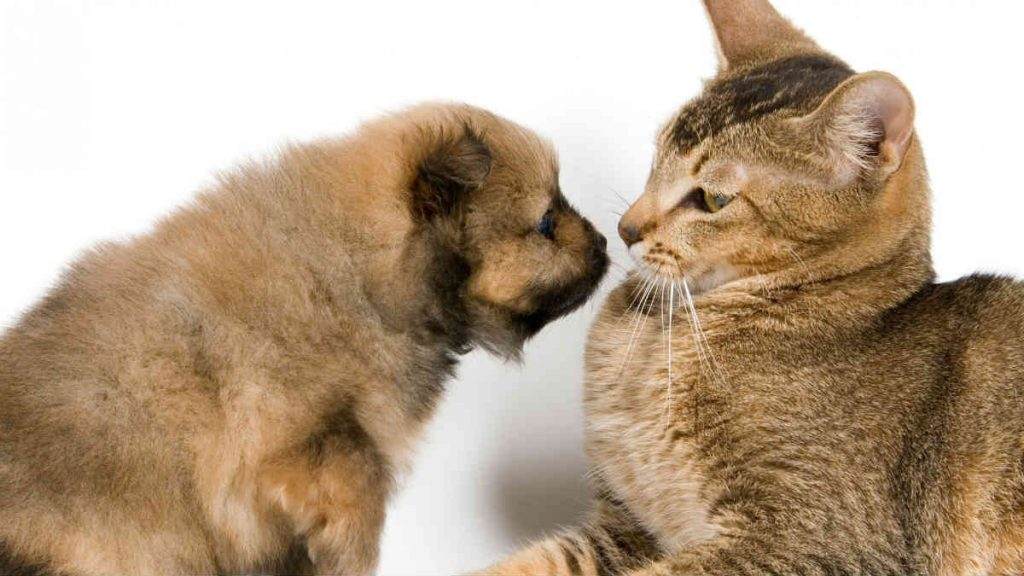
We know it’s time for a face-to-face introduction once both the puppy as well as the cat are friendly and used to each other’s smells. We can start by putting the cat in a large open-sided tub or carrier and not forget to keep the puppy on a leash. A supervision is strictly essential in the initial phase so that the two do not harm one another. Then, we can gradually direct their activities and ensure that they not only tolerate but also befriend each other.
We can also put up a barrier that is sturdy enough for the pets, let’s say a baby gate. This will allow both the pets to have visual access to each other without sharing physical access. The puppy strictly needs to be kept on a leash so that he does not jump over the baby gate. You’ll also want to work with your dog on a calm “sit” and “look”, or the “leave it” command by the baby gate.
6) A reward is always good
Any incentive for an activity always leads to an increase of the activity, be it humans or animals. This is the reason why it is advised to reward the puppy with a treat whenever he is in the vicinity of the cat and acts all calm and quiet and becomes the best doggo.
Do not allow the puppy to chase or trouble the cat as it may lead to development of fear in the mind of the act. However, one should refrain from punishing the puppy if the mistake is an accidental one, as it may lead to an unsolicited response between the puppy and the cat. For example, if your puppy is always punished when your cat is around, and never gets the good things, then he may redirect his aggression toward the cat. Remember the purpose is to reward the good behavior so that the puppy can learn to behave around the cat and even otherwise.
7) Play-time with both the puppy as well as the cat
It’s necessary to take care of the fact that the resident cat gets ample of attention from your end at the time when she is being introduced to the new puppy. In the same manner, it is also important to spend time with your puppy when you play with him and the cat is not around. This practice cultivates a sense of belongingness in the minds of both the pets.
8) Exercise your puppy’s body and mind
It is important for your puppy that his energy is released somewhere else so that he has the ability to slow down his brain and really control himself when he is around your cat.
According to research studies, dogs require a sufficient amount of stimulation. If they get stimulation in a deliberate manner, then the possibility of satiating it by chasing a cat reduces considerably. We can use toys, herding-type activities, lure coursing, and high-intensity trick training to train the new puppy.
Rather than simply taking your puppy for a walk, stop and do a sit three times on every corner. Also, do direction changes two times, or speed changes. The objective is to unleash his herding instincts and prey drive. You can fix the number of times of these activities as per the requirement.
Socializing a puppy at a young age is easier than introducing him as an adult. This is because puppies are easily trainable sponges that soak up new information and situations. Also, a puppy is less confident at a younger stage, permitting the cat to take her righteous post at the top of the hierarchy. Just remain watchful, though, to ensure everything goes smoothly- especially when the puppy hits its rambunctious teenage stage before becoming a full-grown dog.
9) Developing a sense of authority
We should monitor the behaviour of the cat and let her choose if she wants to approach the puppy. Sounds of hissing and growling can be checked to determine whether the pet is in a mood to play with the puppy or not. Ensure that you always supervise because it takes a couple of days for the pets to get used to each other. If they do not display any advances from their sides, then you should never force them into an interaction. It may lead to hostility between the two and you may also become a victim to it.
10) Preparation for a worst case scenario
It is always advised to have a back-up plan whenever commencing on a new adventure. The same is the case here when we must ensure in all situations that the cat has perches at a human eye-level or preferably above where she can escape from the attention of your puppy if she finds it unnecessary. The cat should also be provided with a private area where the puppy is unable to follow her, because at times she may feel the need to be alone.
11) Tad bit of precaution to be taken

While your puppy gets friendly with the cat, you’ll also need to cross-check and ensure that the cat has sufficient vertical and low hiding areas to retract when the two of them do not get along. Shelving, cat trees, and corners around the couches are a few places that the cat could use in case she feels threatened or needs just some alone time.
It’s also not uncommon for the puppy to want to eat the cat’s food, and the puppy may also possibly try to eat the cat’s poop right out of the litter box. Therefore, it is essential for you to secure areas away from the puppy where the cat can easily access its litter box, food, and water.
12) Last case resort
Just in case the new puppy is obsessed over chasing the cat or silently stalks her, then you must think of the idea of returning the puppy. Similarly, if the cat gets stressed to such an extent that she begins to hide, not eat or drink properly, start to urine mark or does not use the litter box, or chases the puppy, you should return the puppy for your cat’s welfare.
13) Do not shy away from seeking help
If the introductions do not go smoothly despite several attempts, you should consider seeking professional help immediately. Also, disputes amongst pets in a family can easily be taken care of with the assistance of professionals. Remember that punishment does not necessarily help, though, and can even turn the situation worse.
If your puppy and cat are raised together in an amicable and positive surrounding, then nobody can stop them from being friends forever!
References
- https://www.jstor.org/stable/1816385
- https://books.google.com/books?hl=en&lr=&id=4oNbgsLs9HwC&oi=fnd&pg=PA15&dq=Puppy+to+a+Cat&ots=G634_1btil&sig=6kwEfdB5T8-Co9XATs2eM9McpBs
Table of Contents

